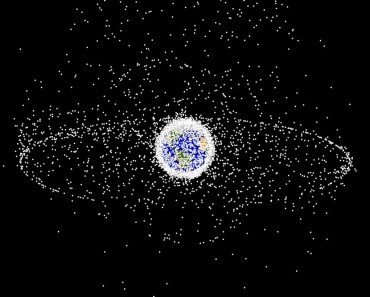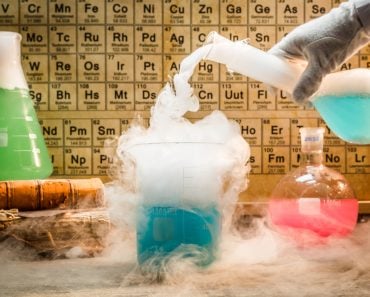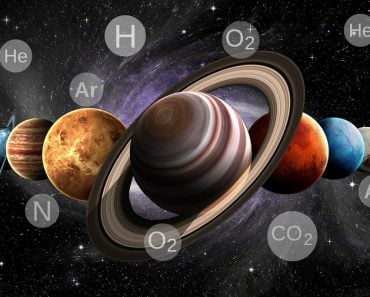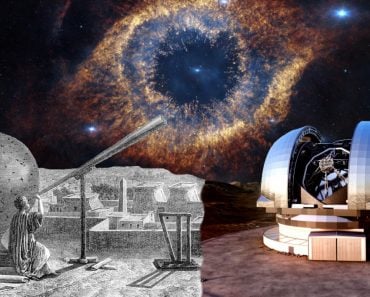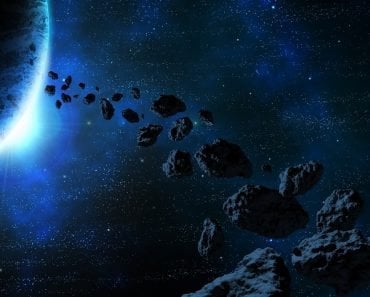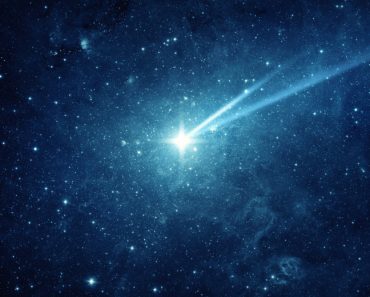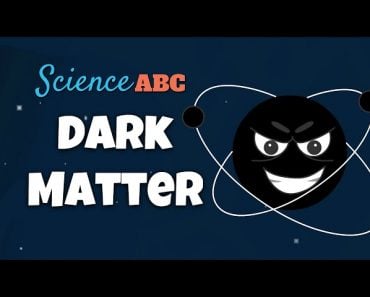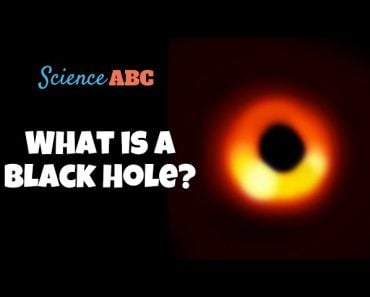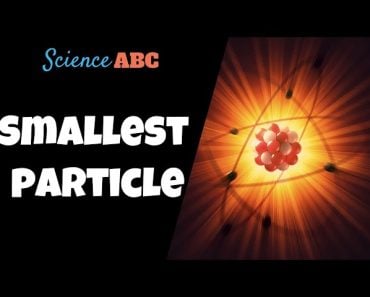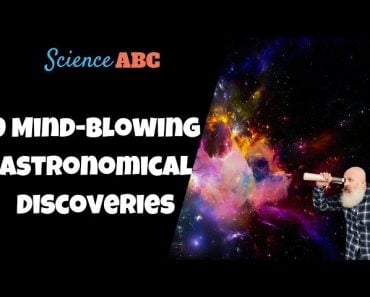Table of Contents (click to expand)
Dust in space consists of grains of various fundamental elements, including carbon, hydrogen and oxygen, which are essential for star and planet formation.
When we look up at the night sky, it appears quiet and clean, but the reality of space is far from empty. In fact, it’s surprisingly full of dust. One might wonder why and how so much dust ended up in space, considering that it seems like a vast vacuum. Believe it or not, this cosmic dust plays a crucial role in the cosmos and comes from various sources, with intriguing implications for the universe in which we live. In this article, some of the reasons why the universe is filled with cosmic dust will be explored.
Recommended Video for you:
Cosmic Dust: What Is It?
Cosmic dust consists of tiny particles that float through space. These particles can be incredibly small, roughly 80 micrometers wide, smaller than the width of a human hair, and they’re not your ordinary household dust. Scientists believed that this cosmic dust comes from asteroids and comets. Although it made sense to theorize that dust originated from them, recent discoveries have revealed something else.
Cosmic dust is made of various elements, including carbon, silicates, ice, and metals.
Another important thing to note is that these micro-particles land on every square meter of Earth; they can be found on your clothes, on the streets, and on every roof in the world.
Sources Of Dust In Space
Birthplace Of Stars And Planetary Bodies
A huge portion of cosmic dust originates from places in space called stellar nurseries. These are regions where new stars are born. As a star forms from a swirling cloud of gas and dust, some of that material fails to get incorporated into the star itself. Instead, it lingers as dust particles.
Over time, this dust can accumulate and become part of the interstellar medium, which is the formal name for the space between stars. Another surprising source of dust is the planet Mars, a fact that was discovered in 2011 using the spacecraft Juno. The discovered particles were the same ones responsible for zodiacal light on Earth.
Dust also comes from the outer layers of celestial bodies, such as comets, asteroids and planets. These objects are continually bombarded by micrometeorites and cosmic rays, which chip away at their surfaces, creating dust that then floats away into space.
Supernova Explosions
Stars don’t just peacefully shine on forever; they also end their lives in spectacular explosions known as supernovae.
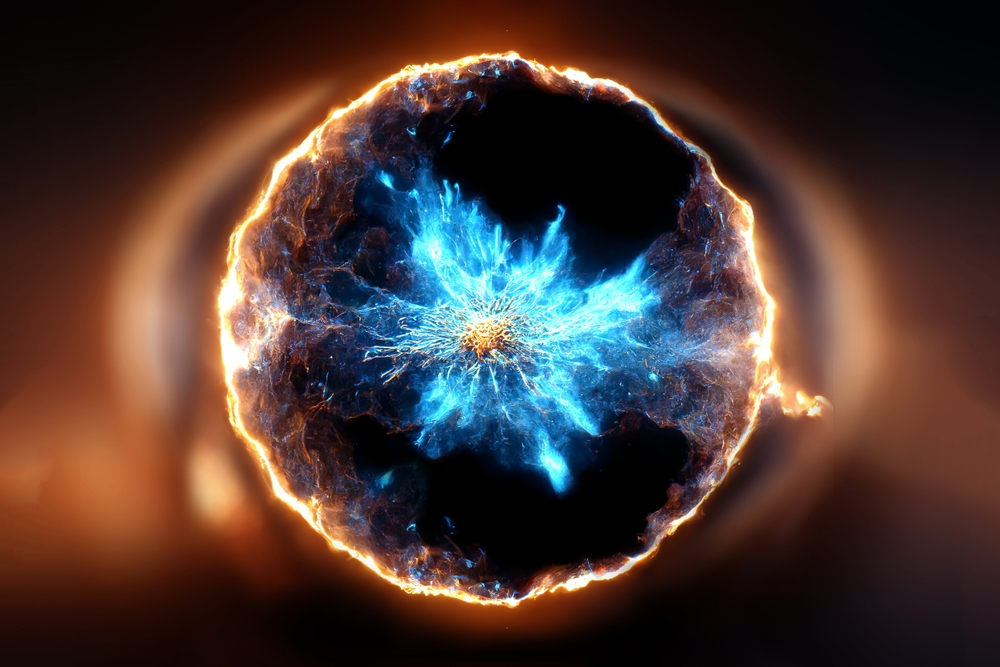
When a star explodes, it releases a tremendous amount of energy and throws its outer layers, including a massive amount of dust, into space.
This dust then disperses throughout the galaxy and beyond. Elements like iron, nickel and many others are formed in the intense heat and pressure. These newly formed elements are the building blocks for future generations of stars and planets.
Accretion Mechanisms
As tiny dust particles collide and stick together due to forces like gravity and electrostatic attraction, they form larger clumps. These clumps can eventually grow into asteroids, planets, and even moons. So, in a way, cosmic dust is the raw material of the universe! Accretion is a continuous process that operates on different scales, from the gradual growth of planets to the formation of entire galaxies.
Why Does Cosmic Dust Matter?
Star Formation And Planet Formation
Dust plays a pivotal role in the birth of new stars. It acts as a protective shield, blocking some of the intense radiation and heat emitted by young stars. This allows the surrounding gas to cool and collapse, ultimately forming new stars and planetary systems.
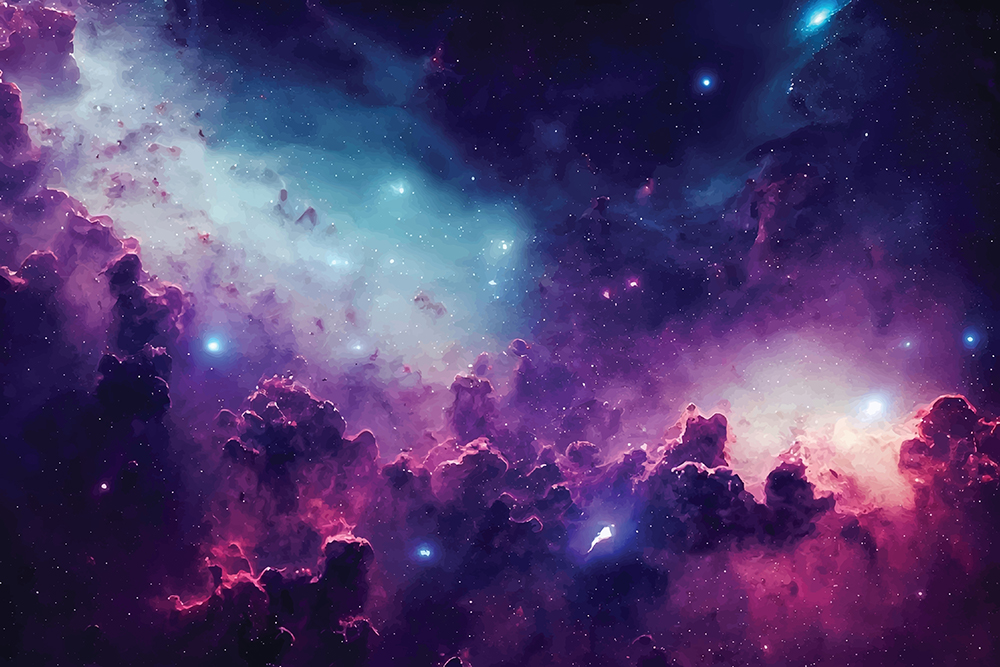
Dust particles are essential ingredients in the formation of planets. They clump together to create planetesimals (minute planets), which then grow into fully formed planets. Without cosmic dust, Earth and the other planets in our solar system wouldn’t exist.
Chemical Complexity And Travelers In The Interstellar Medium
Cosmic dust contains a wide variety of elements and molecules, some of which are the building blocks of life as we know it. Organic molecules have been found on dust grains, raising intriguing questions about the possibility of life elsewhere in the universe.
Dust particles don’t stay confined to one place in space; they travel far and wide. Some of the dust will even make its way into our solar system. The shooting stars that we observe from Earth are the result of small asteroids or other bits of rock or metal that light up while entering the Earth’s atmosphere. While it might seem like they’re just big grains of dust, that is certainly not the case.
Cosmic Obscuration And Astronomy
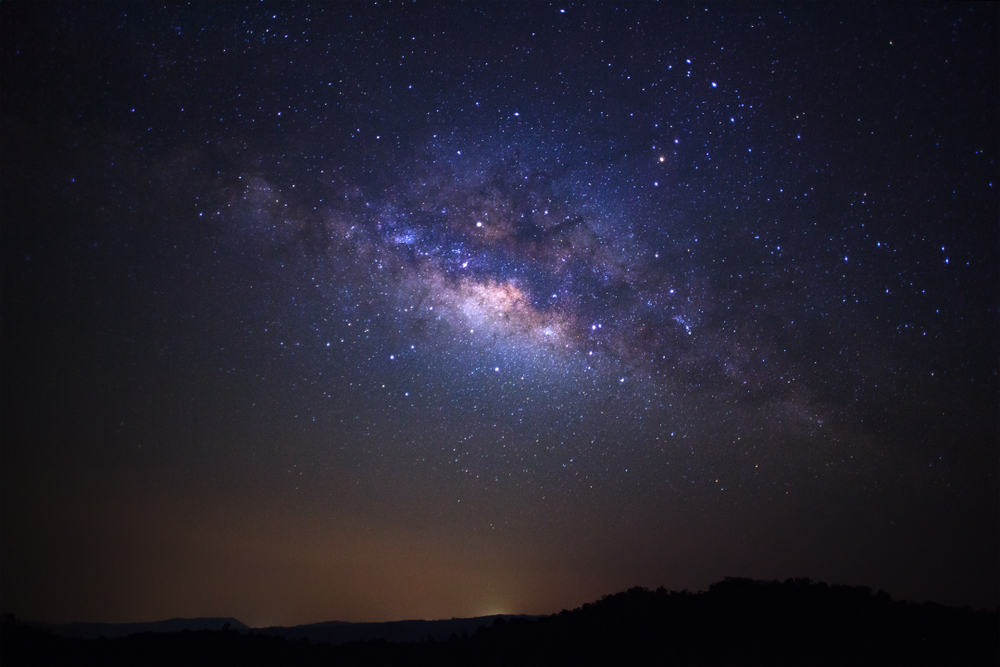
Cosmic dust can sometimes obscure our view of distant celestial objects. However, it also scatters starlight, creating beautiful phenomena like the Milky Way’s diffuse glow. Astronomers use the study of cosmic dust to understand more about the universe’s composition and history.
In conclusion, cosmic dust may be small, but it plays an enormous role in the overall Universe. It’s the stuff that stars and planets are made of, and it holds clues to the origins of life and the universe itself. So, the next time you gaze at the night sky, remember that the perceived emptiness is actually filled with tiny particles that have shaped the universe in profound ways. Cosmic dust is a reminder that even in the vastness of space, every particle has an important role to play!

